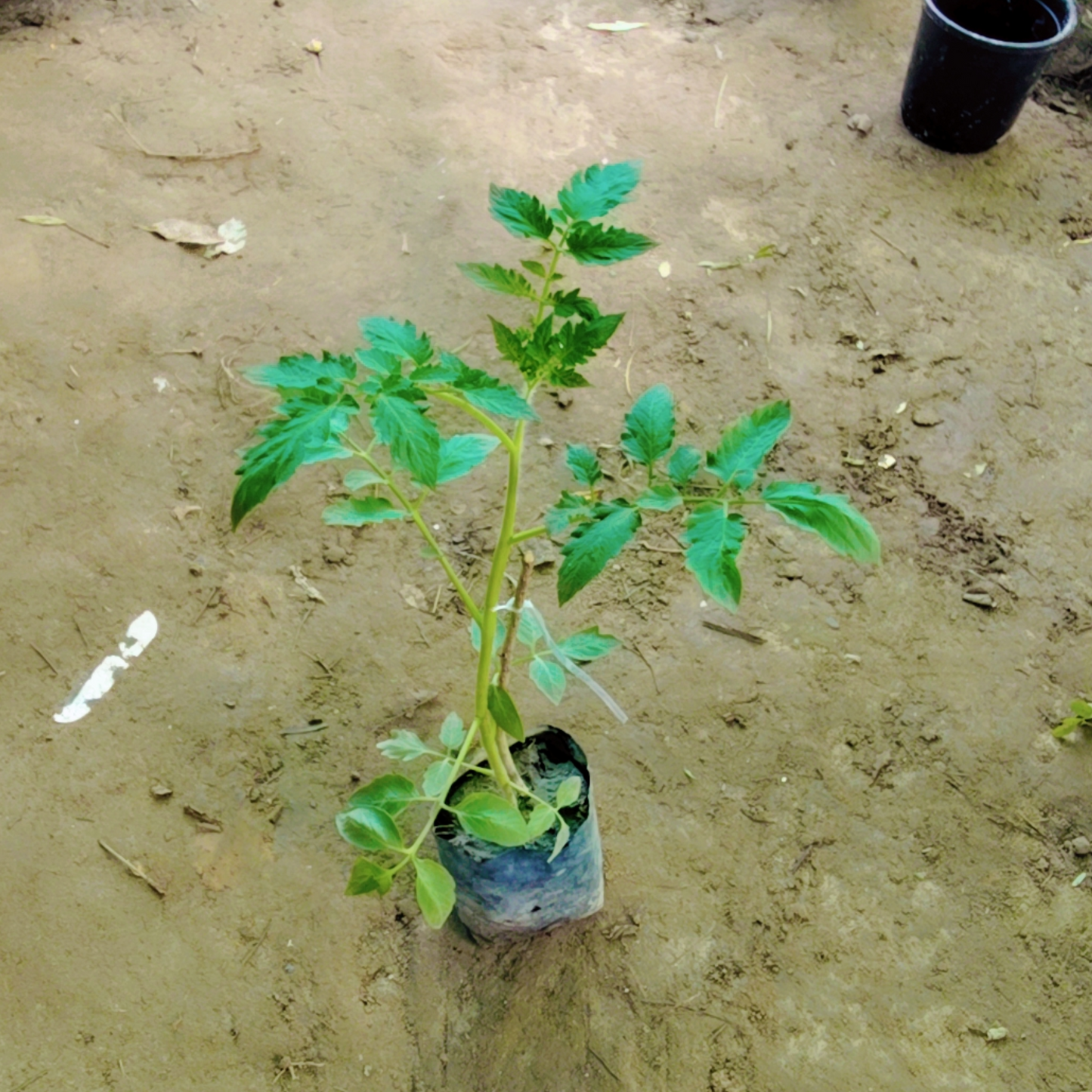1
/
of
1
Tomato plant in 4 inch polybag
Tomato plant in 4 inch polybag
Regular price
Rs. 30.00
Regular price
Rs. 49.00
Sale price
Rs. 30.00
Unit price
/
per
Shipping calculated at checkout.
Share
Plantncr provides Cash on delivery, free delivery, next day delivery, best quality plants in low price


